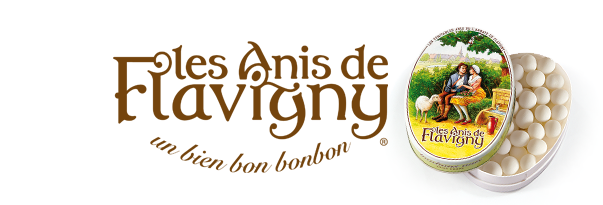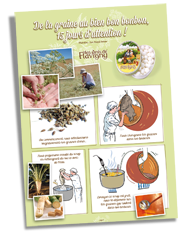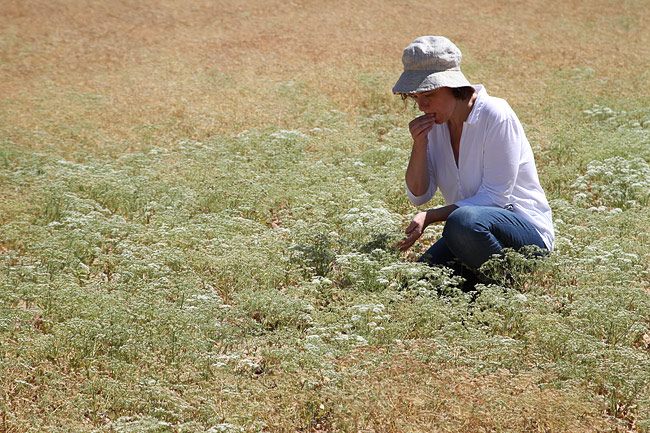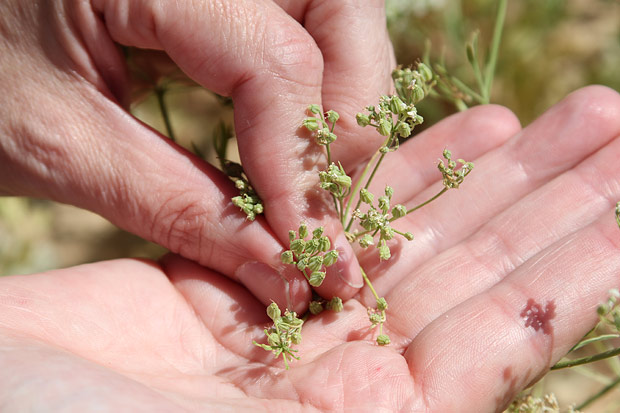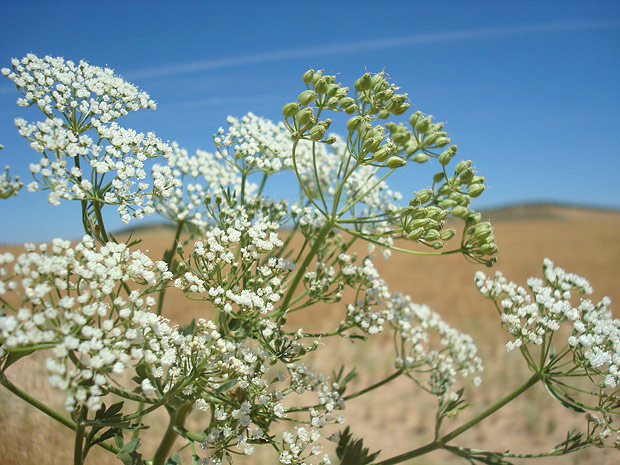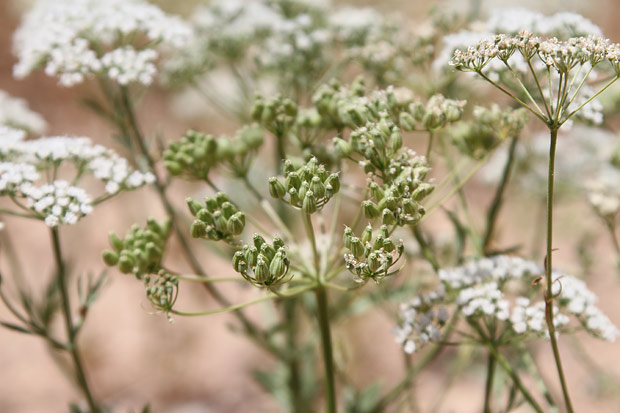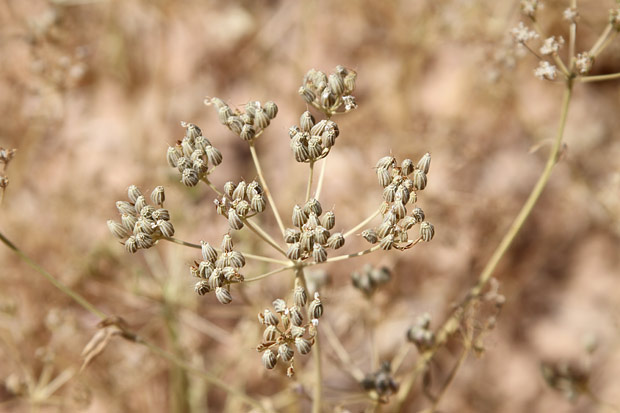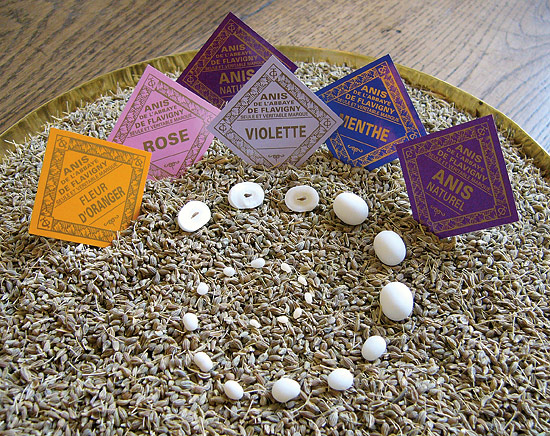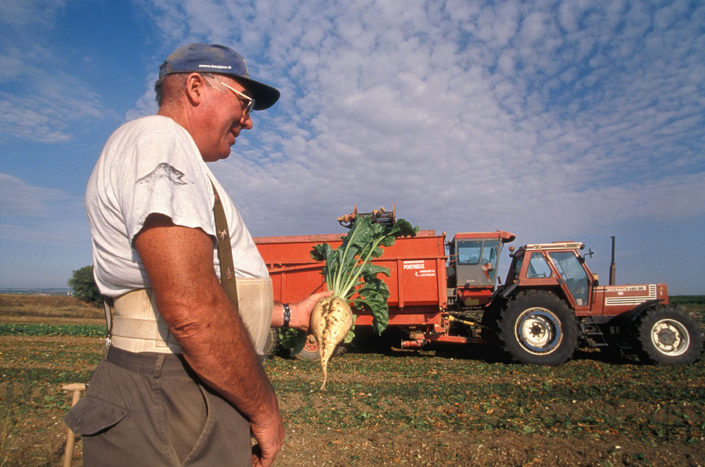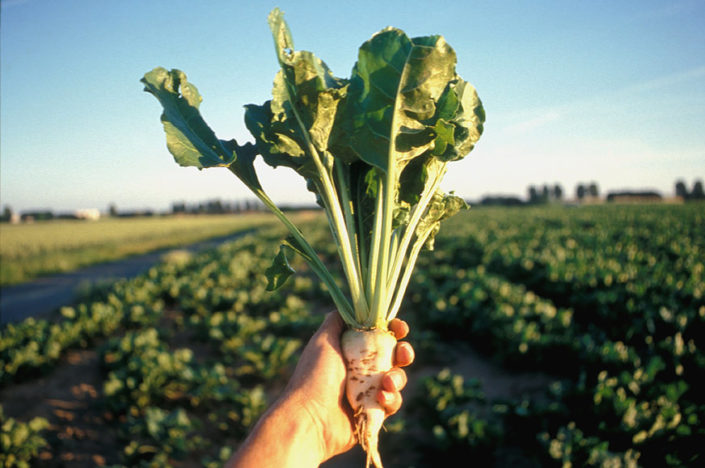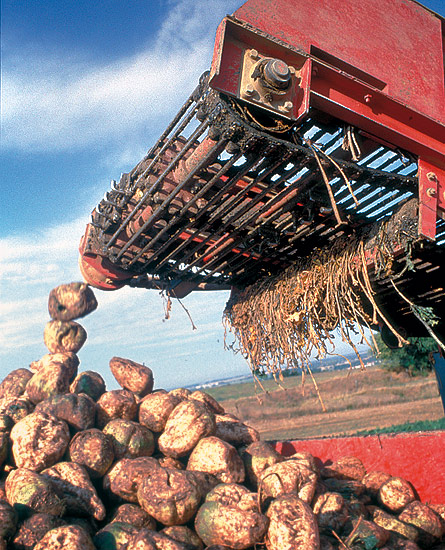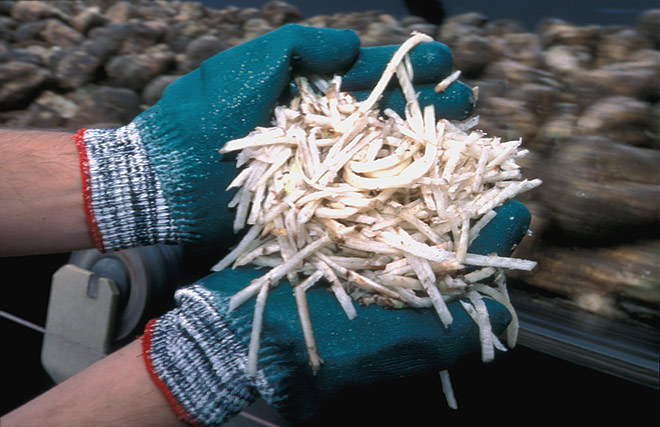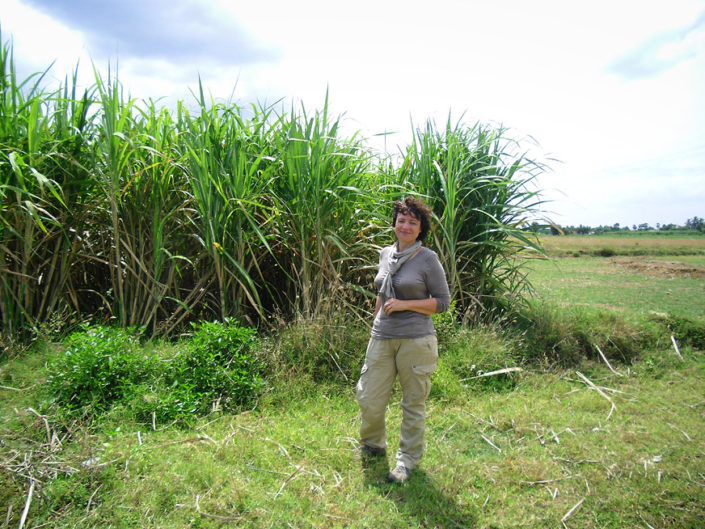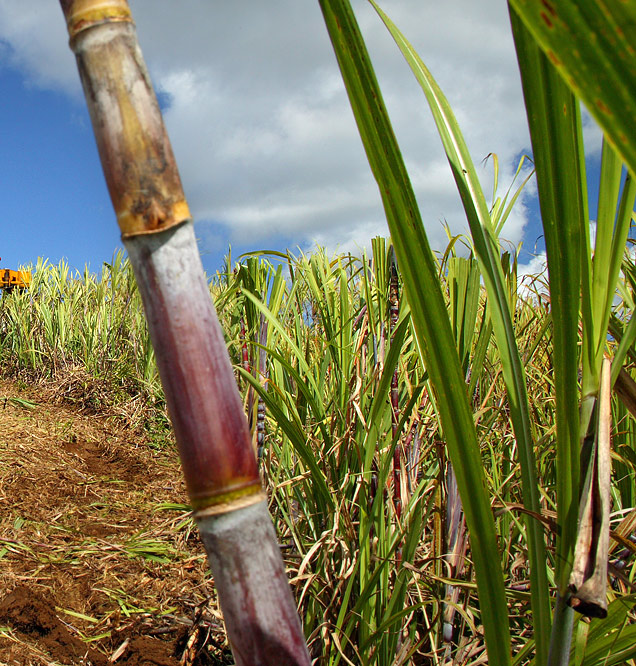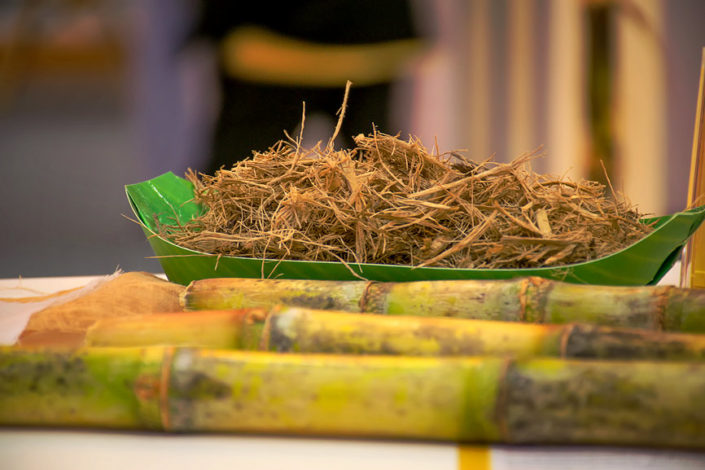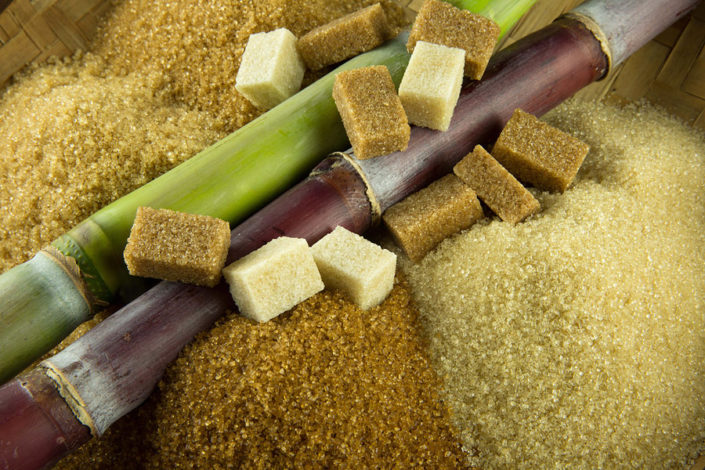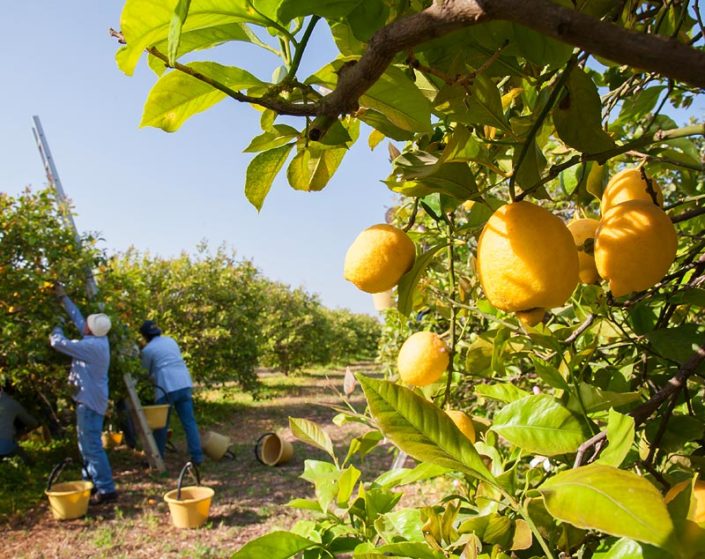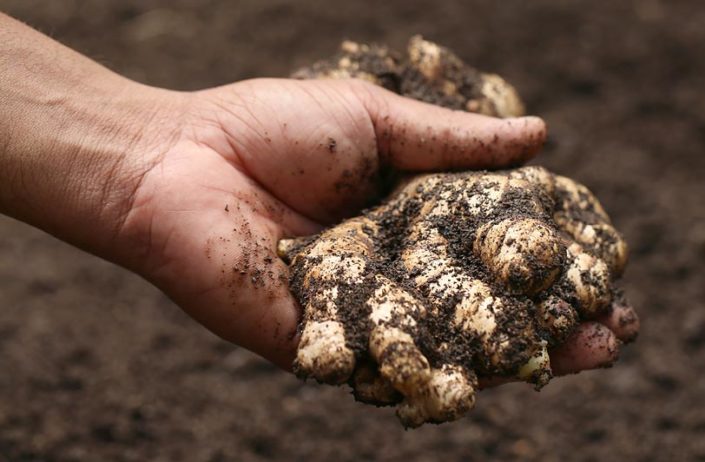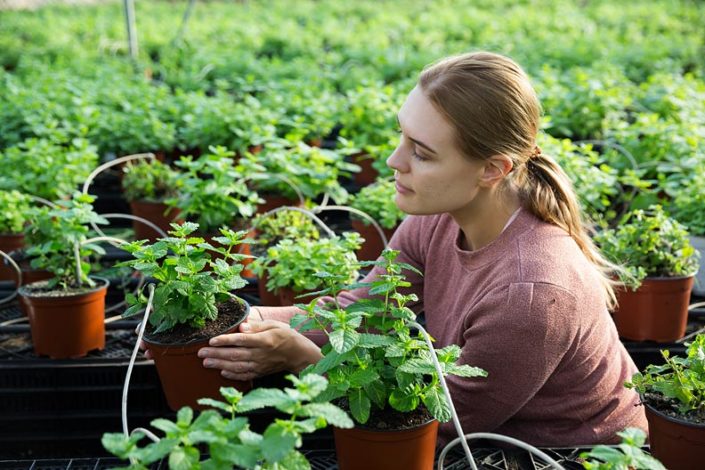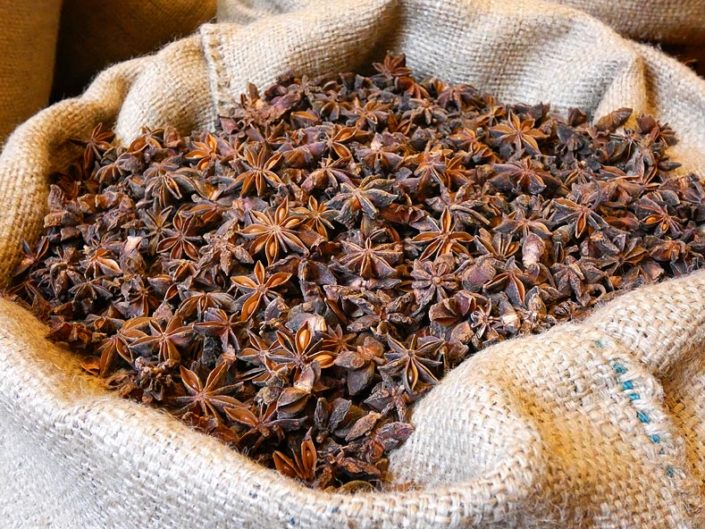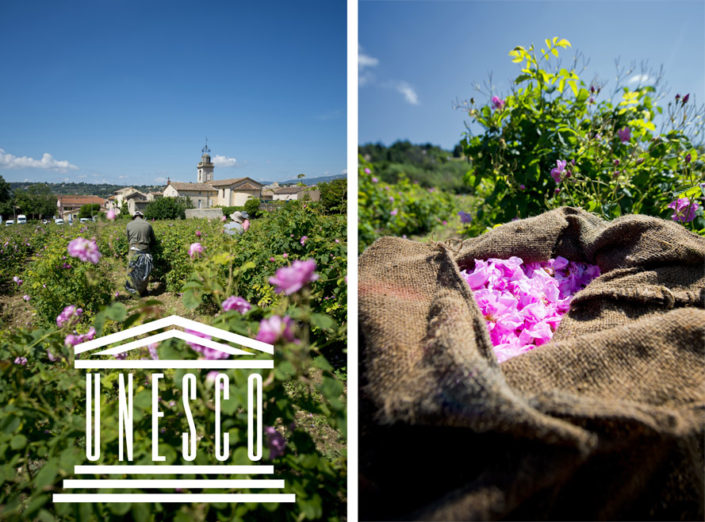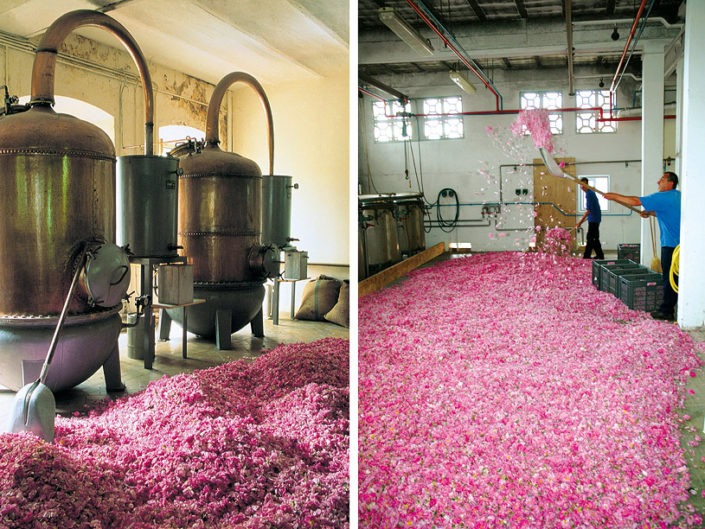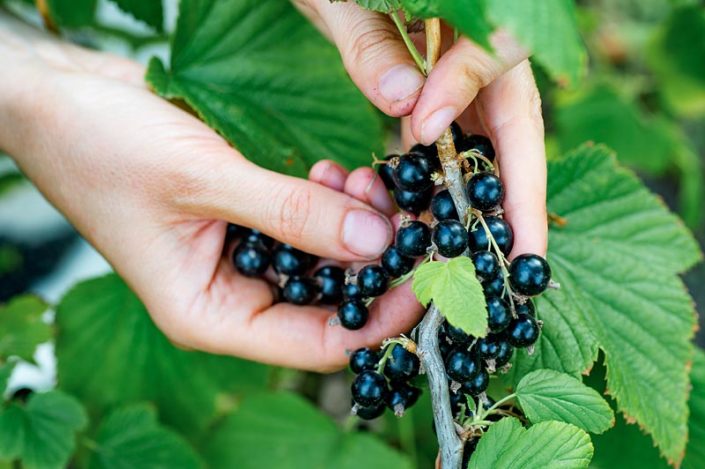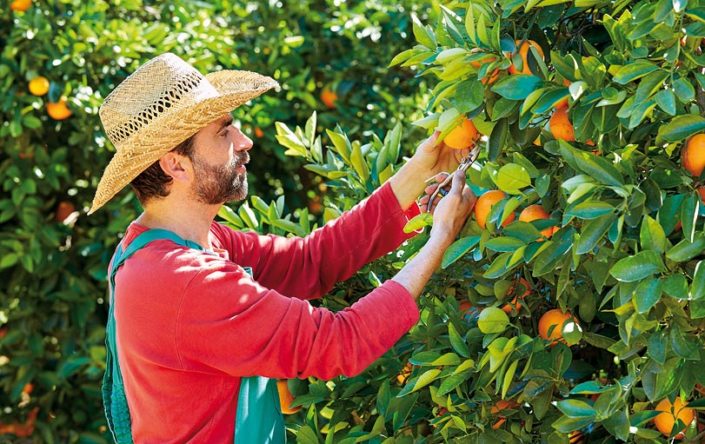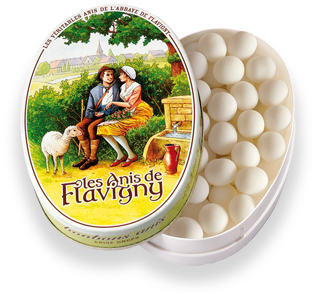Una caramella davvero buona
Solo 3 o 4 ingredienti!
Un seme di anice…
Tutto ha inizio con un piccolo seme di anice verde, il frutto della pianta Pimpinella Anisum.
Questa pianta aromatica proviene da Spagna, Tunisia, Turchia, Siria e altre zone del bacino del Mediterraneo.
Sopra i suoi 50-70 cm di altezza, piccoli fiori bianchi crescono in ombrelle.
Quando vengono raccolti alla fine di agosto, danno i loro frutti: semi dal sapore caldo e leggermente pungente e dall’odore straordinariamente aromatico.
Questi sono quelli che scegliamo per le nostre caramelle.
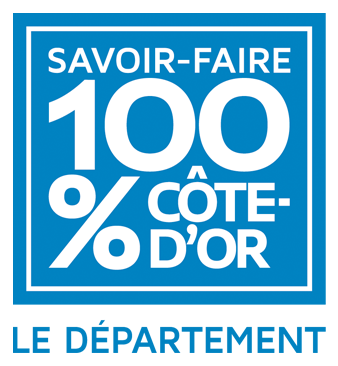
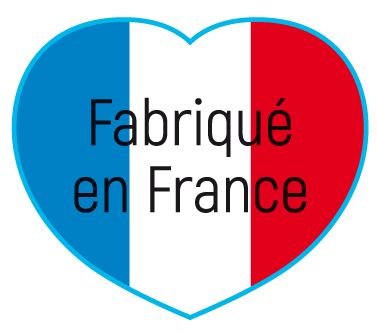
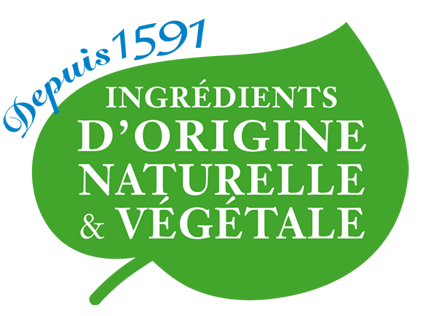
Scarica il nostro fumetto e scopri come un piccolo seme diventa un dolce davvero buono…
… dello zucchero di barbabietola…
Poi mettiamo i semi in grandi recipienti di rame e vi lasciamo colare sopra uno sciroppo di zucchero (composto da acqua e da zucchero). I semi sono fatti roteare, a poco a poco si coprono di sottili strati successivi di sciroppo, un po’ come le palle di neve che si ingrandiscono man mano che rotolano giù per un pendio innevato.
Questa rotazione all’interno dei recipienti di confettizzazione permette alle caramelle anche di levigarsi, un po’ come accade ai ciottoli sulla spiaggia, cullati dal movimento incessante delle onde. Si tratta di un lavoro delicato e paziente. I confettieri impiegano quindici giorni per trasformare un piccolo seme di appena due milligrammi in una caramella da un grammo.
Utilizziamo dello zucchero bianco sin dalla scoperta dello zucchero derivato dalle barbabietole (avvenuta intorno al 1600). Prima di allora utilizzavamo dello zucchero di canna (che ha un colore che vira al grigio rossastro). Dario, di ritorno dalla spedizione nelle Indie (nel 510 a.C.), definiva la canna da zucchero “la canna che dona miele senza l’intervento delle api!”. Continuiamo a preparare Les Anis® con zucchero di canna non raffinato, in una linea di prodotti bio certificata Ecocert.
… e un aroma naturale
Gli Les Anis de Flavigny® sono disponibili in svariati gusti. Dopo l’Anis all’anice particolarmente amato è l’Anis alla rosa, seguito da altri aromi: il cassis, il limone, il fior d’arancio, lo zenzero, il mandarino, la menta, la liquirizia e la violetta.
La moda delle bevande con un retrogusto di anice fu introdotta lungo le coste del Mediterraneo in tempi antichi, con l’affermarsi della colonizzazione greca e delle conquiste ottomane. In questo modo, poco a poco, la coltivazione dell’anice si è estesa a tutto il bacino del Mediterraneo.
Nel 1800, gli Anis de l’Abbaye de Flavigny® esistevano già in una ricca offerta di gusti. I nostri aromi naturali sono estratti da vegetale per distillazione con vapore acqueo o alcol di barbabietola. Nel caso della menta, per esempio, le foglie sono inserite in un alambicco, poi l’acqua viene riscaldata. Il vapore acqueo così sviluppatosi passa attraverso le foglie e si carica di olio essenziale di menta. L’olio essenziale viene recuperato, dopo il passaggio nel collo di cigno, quando il tubo passa attraverso un bagno di acqua fredda.
Per ottenere un litro di essenza naturale di neroli (l’essenza di fiori d’arancio), è necessaria una tonnellata di petali di fiori d’arancio (l’albero, l’arancio, si chiama melangolo). Per ricavare un litro di essenza naturale di rosa sono necessarie due tonnellate di petali di rose.
